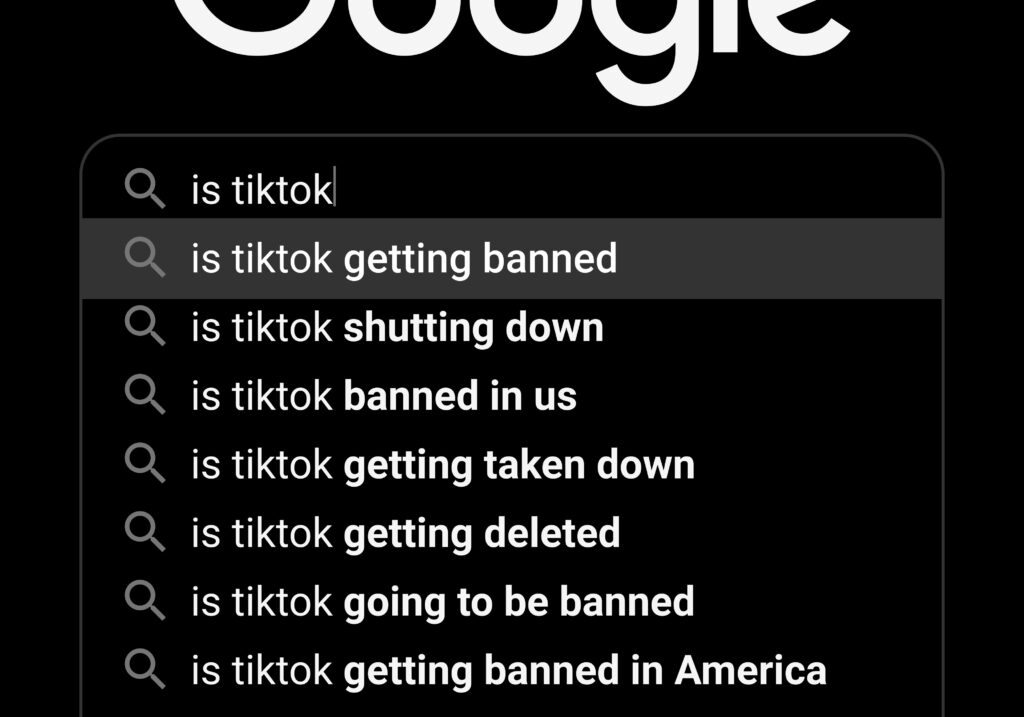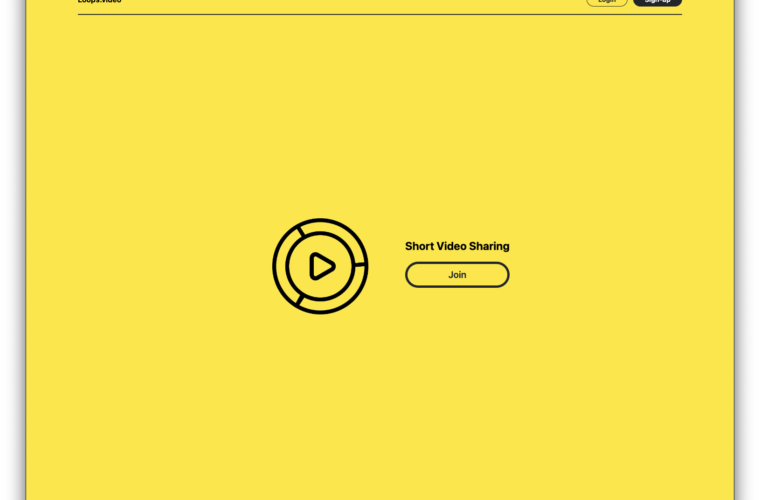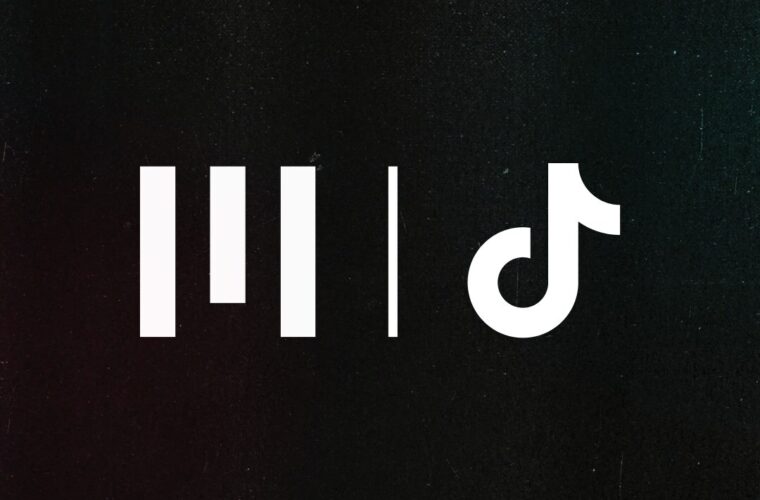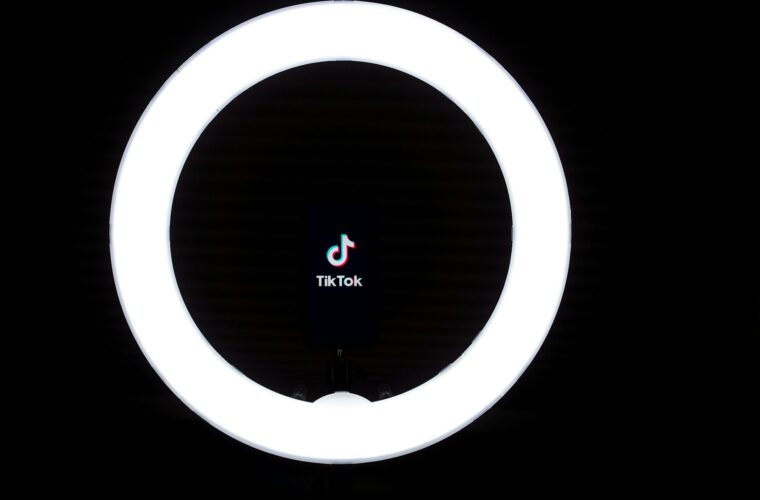TikTok challenges: TikTok, widely recognized for its creativity and entertainment value, has taken the world by storm, becoming a cultural phenomenon that shapes trends across the globe. From viral dances to catchy TikTok challenges, the platform has provided a stage for users to showcase their talents and connect with a vast audience. However, beneath the surface of harmless fun, TikTok has also given rise to a darker side where some trends blur the lines between excitement and danger. While many challenges remain innocent and enjoyable, others have crossed into perilous territory, leading to serious consequences for participants. We have explored some of the most controversial and hazardous trends that have gone viral on TikTok, shedding light on the potential risks associated with these seemingly harmless activities.
The Blackout Challenge
The Blackout Challenge, also known as the “choking game,” encourages participants to hold their breath or restrict their airflow until they lose consciousness. This trend, which has resurfaced on TikTok, has been linked to several tragic deaths, particularly among young users. The challenge deprives the brain of oxygen, leading to fainting, seizures, brain damage, and even death. Despite its deadly consequences, the challenge continues to surface, prompting urgent warnings from parents and authorities.
Chroming
Chroming, a disturbing trend that involves inhaling toxic fumes from aerosol cans or other chemical products, gained popularity on TikTok under the hashtag #WhipTok. Participants experience a temporary high similar to alcohol intoxication, but the risks are far from trivial. The practice can cause permanent organ damage, heart attacks, seizures, and in some cases, has proven fatal. In Australia, a 13-year-old girl tragically lost her life after engaging in this challenge, highlighting the grave dangers of this trend.
Angel of Death Challenge
Originating in Indonesia, the Angel of Death Challenge is one of the most dangerous trends to emerge on TikTok. The challenge involves participants jumping in front of moving vehicles, expecting the driver to stop in time. This reckless behaviour has resulted in several fatalities, and law enforcement agencies have detained minors for participating in the challenge. The trend’s deadly nature underscores the importance of monitoring and guiding young users on social media.
The Benadryl Challenge
This trend encourages users to consume large quantities of Benadryl, an over-the-counter allergy medication, to induce hallucinations. The challenge gained notoriety after the death of a 15-year-old in Oklahoma. High doses of Benadryl can cause severe side effects, including seizures, coma, and even death. Both Johnson & Johnson and the FDA have issued warnings about the misuse of Benadryl, urging users to avoid participating in this life-threatening trend.
The Fire Mirror Challenge
The Fire Mirror Challenge, which involves spraying flammable liquid on a mirror and then igniting it, led to horrifying consequences for a 13-year-old girl who suffered third-degree burns. The challenge is as dangerous as it sounds, with the potential to cause severe burns, property damage, and respiratory issues from inhaling toxic smoke. TikTok has since removed content related to this challenge, but its impact serves as a stark reminder of the platform’s potential dangers.


NyQuil Chicken
In one of the more bizarre and hazardous trends, TikTok users were seen braising chicken in NyQuil, a nighttime cold medicine, to create “Sleepy Chicken.” Although initially satirical, the trend raised serious health concerns. Cooking NyQuil concentrates its active ingredients, which can lead to dangerous levels of drug absorption when inhaled or ingested. Medical professionals have strongly advised against this practice, warning of potential poisoning and severe respiratory issues.
Milk Crate Challenge
The Milk Crate Challenge involves stacking milk crates into a pyramid and attempting to climb over them. The unstable structure often leads to falls, resulting in broken bones, spinal cord injuries, and head trauma. Medical professionals have condemned the challenge, and TikTok has actively removed related content to prevent further injuries. Despite its seeming simplicity, the challenge’s physical risks are significant.
The One Chip Challenge
This challenge dares participants to eat a single chip made with Carolina Reaper peppers, one of the hottest peppers in the world. The extreme spiciness can cause intense physical reactions, including vomiting, heart problems, and even esophageal damage. In 2023, the challenge led to the death of a teenager, prompting the chip’s manufacturer to pull the product from shelves. The One Chip Challenge is a stark example of how a seemingly harmless food trend can have lethal consequences.
While TikTok remains a vibrant hub for creativity and entertainment, it also harbours the potential for dangerous trends to flourish unchecked. These TikTok challenges underscore the critical importance of digital literacy, reminding us that not everything online is as harmless as it seems. For younger users, in particular, the allure of viral fame can overshadow the risks involved, making it imperative for parents, educators, and the platform itself to be vigilant. As new trends continue to emerge at an unprecedented pace, a collective effort is needed to foster a safer online environment—one where creativity thrives without compromising safety. This involves stricter content moderation and educating users on the consequences of their actions, ensuring that the digital world remains a space for positive and responsible engagement.



